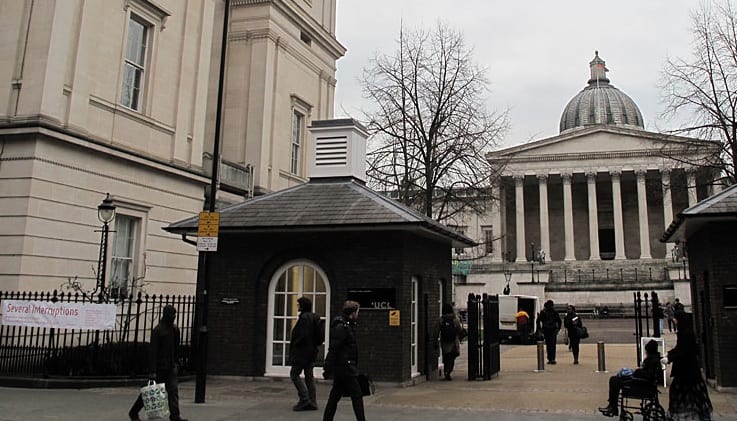Stress: Building an Exhibition
By Kevin Guyan, on 20 July 2015
 By Kevin Guyan
By Kevin Guyan
With the announcement of the Student Engagers’ autumn exhibition, here is the first in a series of blog posts that share personal insights into the curatorial process.
Stress offers the student engagement team an opportunity to curate an exhibition that counters the traditional view of museums and galleries as fixed spaces that display objects that convey a message. Instead – I see this as a chance for us to experiment with bold and exciting ways to share knowledge and create a space on campus for three-way conversations between curators, objects and the public.
The inception of our exhibition first found life in the summer of 2014 during a conversation between the student engagement team and the UCL Art Museum. Over one year later and, as design ideas and draft event listings are shared via email, the exhibition at last feels like it is coming together.
As our more experienced colleagues in UCL Museums and Public and Cultural Engagement warned, ‘exhibition time’ runs significantly slower than ‘normal time’ and we now appreciate starting this project with 16 months to spare. I remember looking at action plans with distant dates and the feeling that our plans were a lifetime away. Those dates have now come and gone as we hurtle through 2015 and towards our opening night on Friday 9 October.
The meat and bones of the student engagement project is the presence of researchers in UCL’s three public museums. Therefore, one of the key hopes for Stress was to import this practice and create an exhibition where a researcher was always present, waiting and ready for conversation.
The researcher’s presence will also create a way to feed-back information from visitors into the planning of events, pre-empting many questions and queries fielded and offering a more tailored visitor experience. It further gives us opportunities to adapt the exhibition during its run. For example, conversations between engagers and visitors will inform the writing of blog articles that will then shape how future visitors perceive the objects on display.
Like our previous events and exhibitions, Movement, LandSCAPE and Foreign Bodies, the theme of Stress brings together the research interests of a diverse group of PhD students under one overarching theme. This means that the visitor experience will differ according to the researcher in the exhibition space and their interpretation of the objects on display.

UCL’s North Lodge will house a team of postgraduate researchers throughout the exhibition.
I am excited to see how this works in reality – the continual presence of a researcher in the North Lodge exhibition space may prove overbearing and turn-off visitors looking for a space of solitude in busy Bloomsbury. More optimistically, the space will become a talking shop at the entrance to UCL’s campus and create a different, yet equally enriching, experience for visitors.
For me, public engagement is about more than sharing research ideas with other people. The benefits should reach far further than dissemination alone and empower researchers to enter into dialogues with people from different backgrounds. The process of sharing ideas with people unfamiliar with our own field will foster new and unexpected connections and force us to change the way we share our work, ultimately resulting in a deeper understanding for everyone involved.
We are attempting to build an exhibition with public engagement as a foundational building block and create a space that gives researchers and visitors opportunities to follow pathways unaware where they might lead. This is very much the ethos of the student engagement project – let’s see how our ideas work in reality.
 Close
Close

